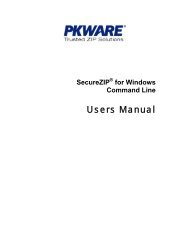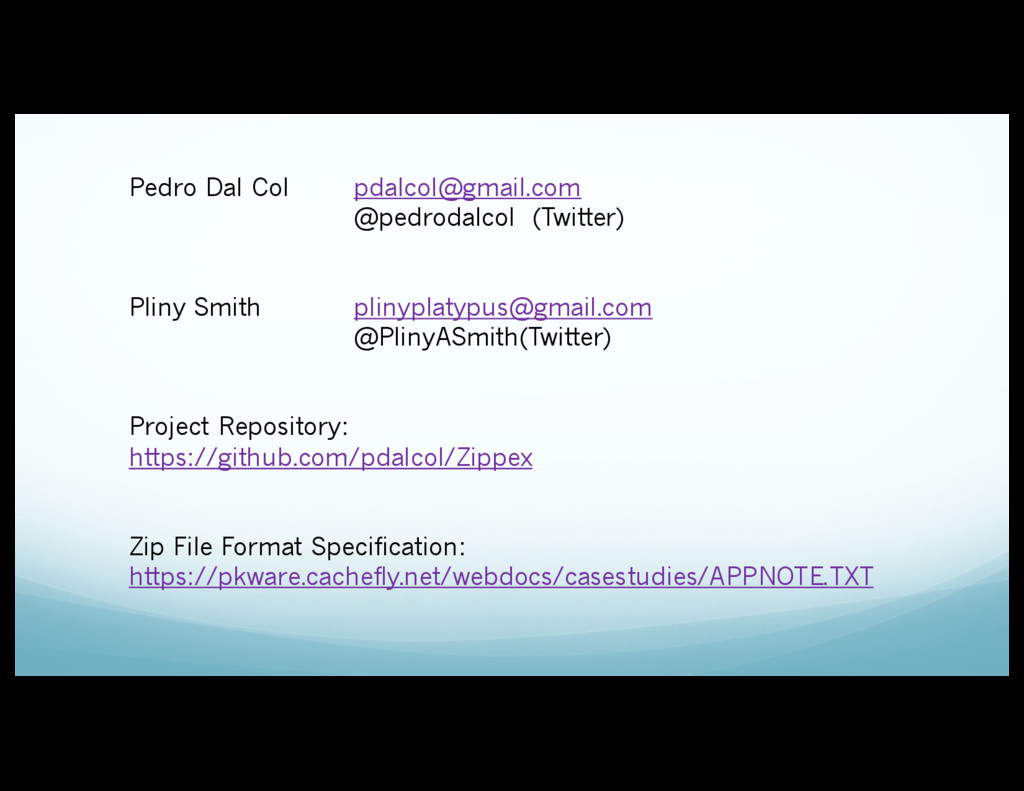


It was supposed to be quickly followed by a final PKZIP 2 release, but there were numerous delays. PKZIP 1.93a (released in October 1991): An alpha version that introduced a new compression method which Katz called " deflating".Removed tools included BIOSFIX, REZIP, MAKESFX. EAX register was always saved on 80386 or above CPU. Imploding was up to 5X faster and compression ratio was improved over 1.02. PKZIP 1.10 (released on March 15, 1990): New features included authenticity verification, "mini" PKSFX self-extracting module, integrating self-extracting module into ZIP2EXE, ability to save & restore volume labels.
#PKWARE APPNOTE ARCHIVE#
OS/2 version added ZIP2EXE and 2 self-extracting archive headers.

Imploding was chosen based on the characteristics of the file being compressed.
#PKWARE APPNOTE ZIP#
#PKWARE APPNOTE REGISTRATION#
The first version was released in 1989, as a DOS command-line tool, distributed under shareware model with a US$25 registration fee (US$47 with manual). ARC files, users began recompressing any old archives that were currently stored in. Led by BBS sysops who refused to accept or offer files compressed as. Although SEA won the suit, it lost the compression war, as the user base migrated to PKZIP as the compressor of choice. The announcement had been made following the lawsuit between SEA and PKWARE, Inc. The development of PKZIP was first announced in the file SOFTDEV.DOC from within the PKPAK 3.61 package, stating it would develop a new and yet unnamed compression program. Cooper's DWC, LHarc by Haruhiko Okomura and Haruyasu Yoshizaki and ARJ which stands for "Archived by Robert Jung". Other archivers also appeared during the 1980s, including ARC by System Enhancement Associates, Inc. These archives could optionally be passed through a stream compressor utility, such as compress and others. These utilities were designed to gather a number of separate files into a single archive file for easier copying and distribution. They include the Unix utilities ar, shar, and tar. By the 1970s, file archiving programs were distributed as standard utilities with operating systems.


 0 kommentar(er)
0 kommentar(er)
